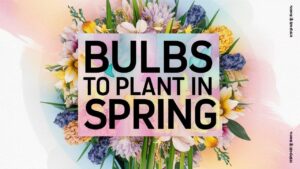This guide digs into a selection of annual and perennial flowers that are perfect for planting in July in Zone 8, along with the details you need for successful gardening.
Flowers To Plant
Zinnia (Zinnia elegans)
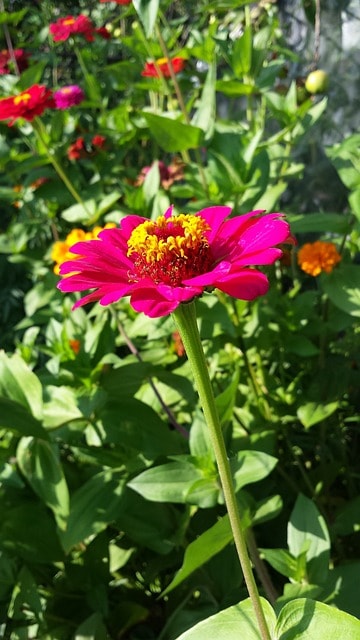
Zinnias are vibrant, cheerful flowers that can be directly sown in the garden or started indoors and transplanted outside. Known for their resilience, zinnias thrive in full sun and can handle the heat typical of July in Zone 8.
Temperature Tolerance: Zinnias can withstand high summer temperatures, ideally between 70°F and 90°F. Their beauty shines in the heat, and they require minimal care once established.
Planting Details: For best results, direct sow seeds in well-draining soil after the last frost date, which typically occurs in late April or early May in Zone 8. Planting in July allows for a quick bloom cycle, resulting in flowers that can last into the fall.
Sunflower (Helianthus annuus)

Sunflowers are an iconic summer flower, renowned for their towering height and sunny disposition. They are also perfect for gardeners looking to make a bold statement in their landscape.
Temperature Tolerance: Sunflowers thrive in temperatures ranging from 70°F to 90°F and are perfectly suited for the hot July days.
Planting Details: Plant sunflower seeds directly into well-draining soil about 1 inch deep. They germinate quickly and can bloom within 70 to 100 days of planting. For a continuous display, you can sow seeds every few weeks through July.
Cosmos (Cosmos bipinnatus)

Cosmos are low-maintenance annuals that bring a flurry of color to any garden. They produce abundant flowers in a variety of colors and attract pollinators like bees and butterflies.
Temperature Tolerance: These flowers prefer full sun and can handle heat, thriving best when temperatures are warm, around 75°F to 90°F.
Planting Details: Cosmos can be directly sown into the garden in July. Plant them 1/4 inch deep and water them lightly. They germinate quickly, usually within one to two weeks, contributing to a stunning display within a short time.
Marigold (Tagetes spp.)
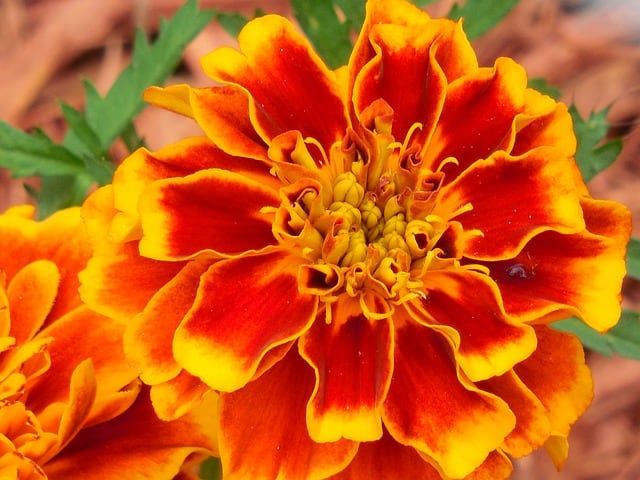
Marigolds are beloved for their bright colors and pest-repelling properties, making them a staple in many gardens. They are also incredibly resilient and easy to grow.
Temperature Tolerance: Marigolds thrive in temperatures between 70°F and 85°F, making them an excellent fit for the heat of July.
Planting Details: July is a perfect time to sow marigold seeds directly into the soil. They should be planted about 1/4 inch deep in well-draining soil. Regular watering will help them establish, with blooms typically appearing within 45 to 60 days.
Cleome (Cleome hassleriana)
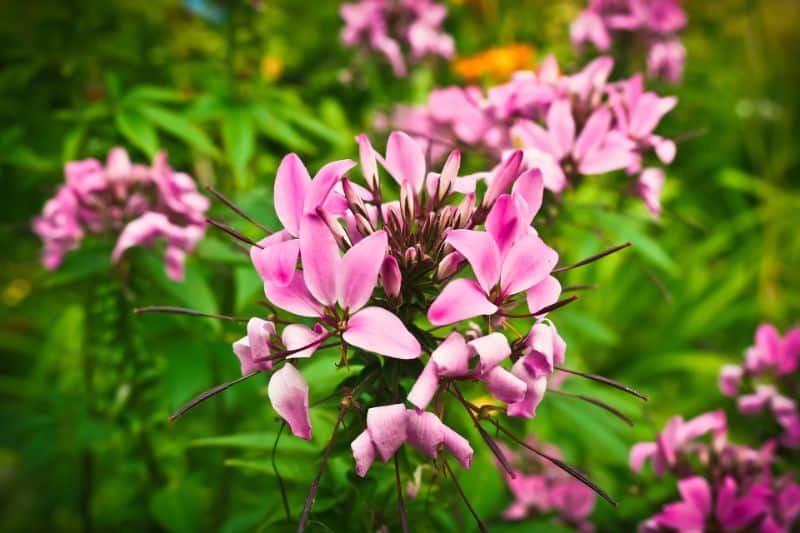
Often referred to as spider flower due to its unique shape, Cleome provides vertical interest in flower beds with its tall stems and spiky flowers.
Temperature Tolerance: Cleome thrives in warm weather, preferring temperatures from 70°F to 90°F.
Planting Details: In July, you can sow Cleome seeds directly into the garden. Plant them about 1/4 inch deep and keep the soil damp until they germinate, which can take 10-14 days. Once established, they’re drought-tolerant and can flourish with minimal maintenance.
Tithonia (Tithonia rotundifolia)
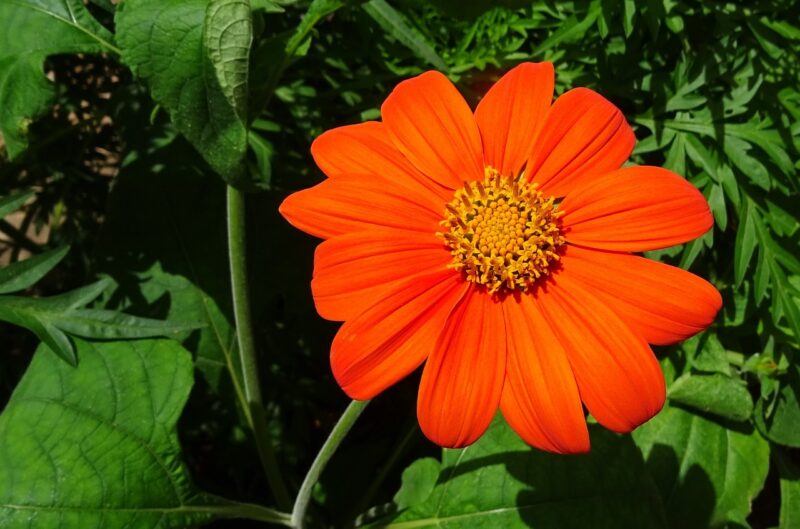
Commonly known as Mexican sunflower, Tithonia is celebrated for its bright orange flowers and ability to attract butterflies.
Temperature Tolerance: This plant loves heat and does exceptionally well in temperatures exceeding 70°F.
Planting Details: Tithonia can be sown directly in the garden in July. Plant seeds about 1/2 inch deep in well-drained soil. Within a couple of weeks, they will sprout, and with good care, they can grow to about 4-6 feet tall, offering an impressive summer display.
Gaillardia (Gaillardia pulchella)
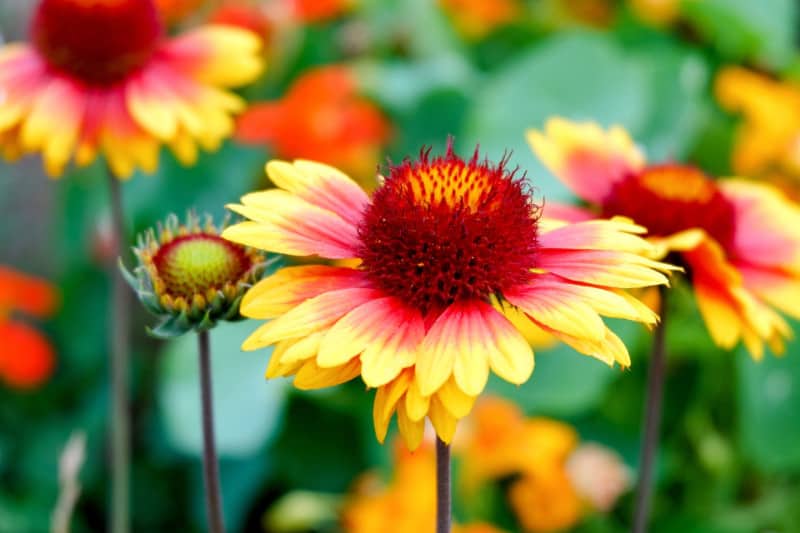
Also known as blanket flower, Gaillardia is a hardy perennial that blooms profusely in summer, with a vibrant palette of reds and yellows.
Temperature Tolerance: This flower is very tolerant of heat and drought, thriving in warm temperatures up to 100°F.
Planting Details: July is an ideal time to sow Gaillardia seeds directly into the soil. Plant them about 1/4 inch deep in full sun. They will germinate in about 10-14 days and will return year after year with proper care.
Salvia (Salvia splendens)
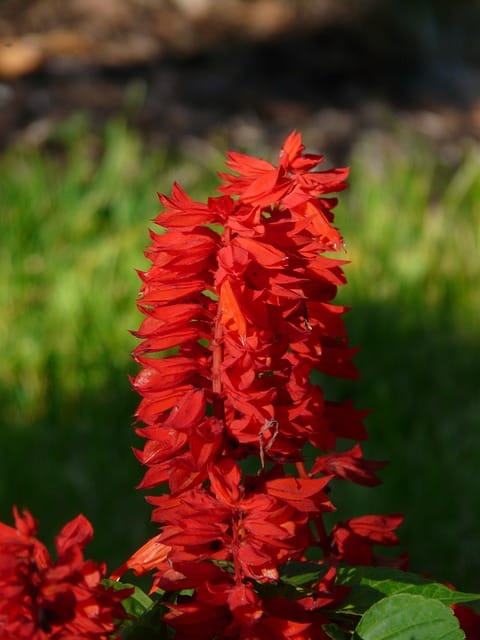
Salvia, also known as sage, is admired for its rich colors and ability to attract hummingbirds. This drought-tolerant plant is an excellent choice for summer gardens.
Temperature Tolerance: Salvia flourishes in warm temperatures, ideally between 70°F and 90°F, making it suitable for Zone 8.
Planting Details: In July, you can start Salvia seeds indoors or sow them directly into the garden. Seeds should be placed about 1/4 inch deep. They typically bloom in 70 to 90 days, providing a vibrant splash of color and attracting beneficial pollinators.
Petunia (Petunia × hybrida)
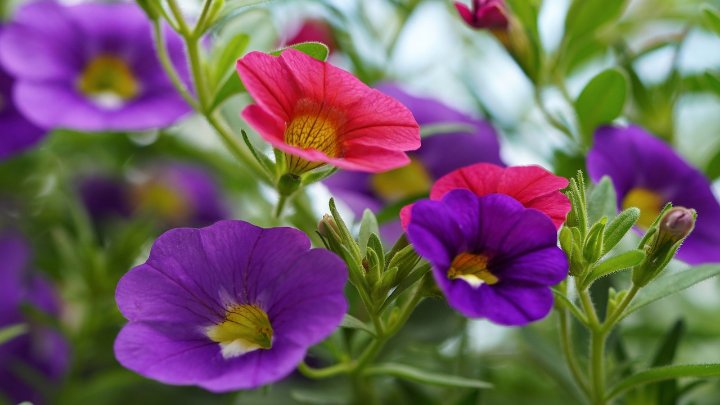
Petunias offer a stunning range of colors and patterns, making them one of the most beloved flower choices for many gardeners.
Temperature Tolerance: They thrive in warm conditions but can be sensitive to extreme heat, so some protection from the hottest midday sun may be beneficial.
Planting Details: While July can be a warm month, planting petunias as transplants is ideal. If you are planting seeds, do so indoors in June and transplant them outside in early July. They need fertile, well-drained soil for optimal growth.
Impatiens (Impatiens walleriana)
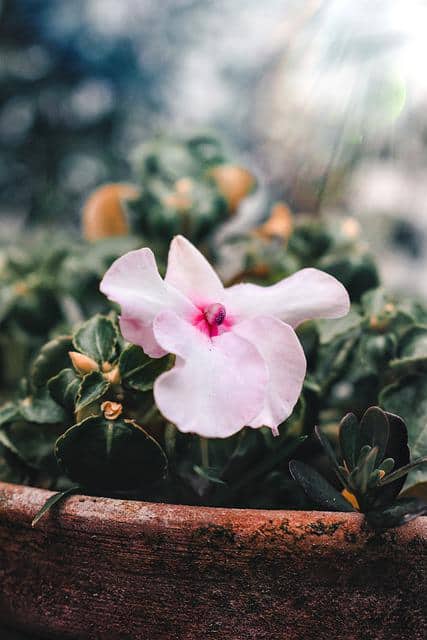
Although traditionally grown in shady areas, Impatiens are still useful in the summer garden. They can also tolerate warmer temperatures as long as they are not exposed to direct sunlight for prolonged periods.
Temperature Tolerance: Impatiens thrive in temperatures between 65°F and 75°F and can suffer in extreme heat.
Planting Details: July is a good time to transplant established seedlings into shady spots. They should be planted in well-draining soil and watered regularly to maintain moisture.
Perennial Flowers To Plant
Rudbeckia (Rudbeckia hirta)
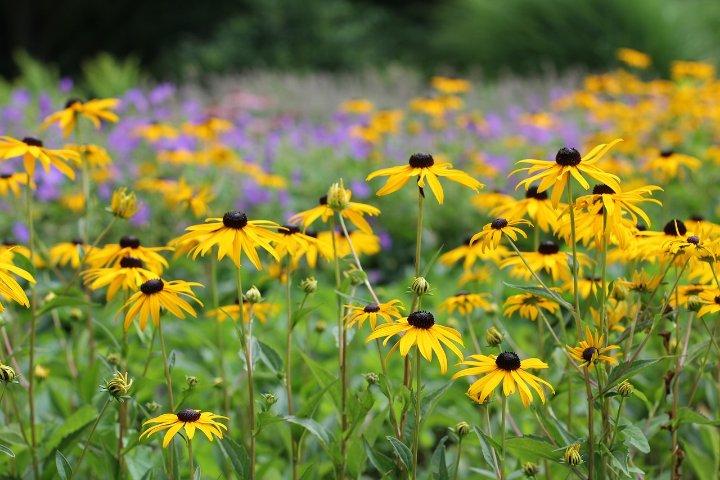
Rudbeckia, or black-eyed Susan, is a charming perennial that brings cheerful yellow petals and a dark center to any garden. It’s a tough flower that thrives well in the heat of summer.
Temperature Tolerance: These perennials flourish in warm temperatures, withstanding heat well, up to 90°F.
Planting Details: Rudbeckia can be planted directly in the ground in July. For best results, plant 1/4 inch deep in well-drained soil. While they can flower in the first season, they are known to return season after season with minimal care.
Daylily (Hemerocallis)

Daylilies are celebrated for their hardy nature and stunning blooms that can appear in an array of colors. They are known to bloom throughout the summer, making them a desirable addition to any garden.
Temperature Tolerance: Daylilies thrive in a wide range of temperatures, easily managing the heat that comes with July in Zone 8.
Planting Details: July is a good time to divide existing clumps and replant or to introduce new daylily plants into your garden. They should be spaced about 18 inches apart and planted at the same depth they were originally growing.
Echinacea (Echinacea purpurea)

Echinacea, or coneflower, is revered for its medicinal properties and stunning blooms that attract butterflies and bees alike.
Temperature Tolerance: This hardy perennial flourishes in warm temperatures and can tolerate the heat of summer.
Planting Details: While Echinacea is typically planted in the spring or fall, July is a great time for divisions from larger plants. Plant divisions about 12-18 inches apart in well-drained soil for successful growth.
Lavender (Lavandula spp.)
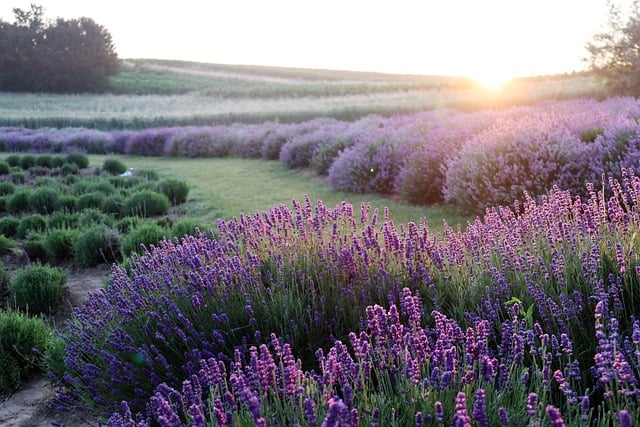
Lavender is a fragrant perennial that is perfect for those who want to add scent and color to their gardens. It does well in well-draining soil and prefers full sun.
Temperature Tolerance: Lavender thrives in hot, dry conditions, making it perfect for July planting.
Planting Details: Plant lavender seedlings or established plants in early July for best results, spacing them at least 24 inches apart, ensuring they have air flow to prevent fungal issues.
Coreopsis (Coreopsis spp.)
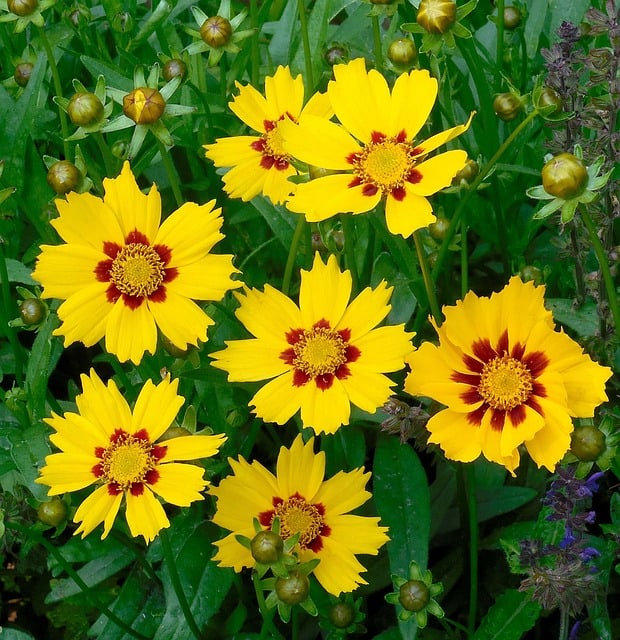
Coreopsis, or tickseed, is a resilient perennial with vibrant yellow and orange flowers that bloom profusely in the heat of summer.
Temperature Tolerance: Coreopsis thrives in a range of temperatures and is particularly resistant to drought and heat.
Planting Details: July is an excellent time to direct sow Coreopsis seeds into your garden. Plant them about 1/4 inch deep, and with adequate moisture, they will establish quickly.
Hellebore (Helleborus)
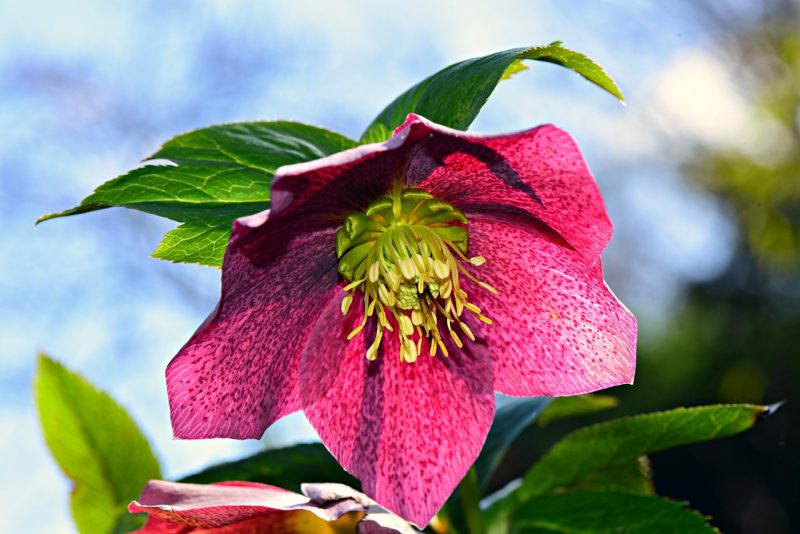
Hellebores are unique perennials that bloom in late winter or early spring, but planting them in July is beneficial for preparing the garden for the next season’s early blooms.
Temperature Tolerance: Hellebores prefer moderate temperatures and are shade-loving plants that do best in cooler, shaded areas.
Planting Details: July is a great time to plant Hellebore seedlings in partly shady areas. Ensure the soil is rich and well-draining to help the plants thrive.
Aster (Aster spp.)
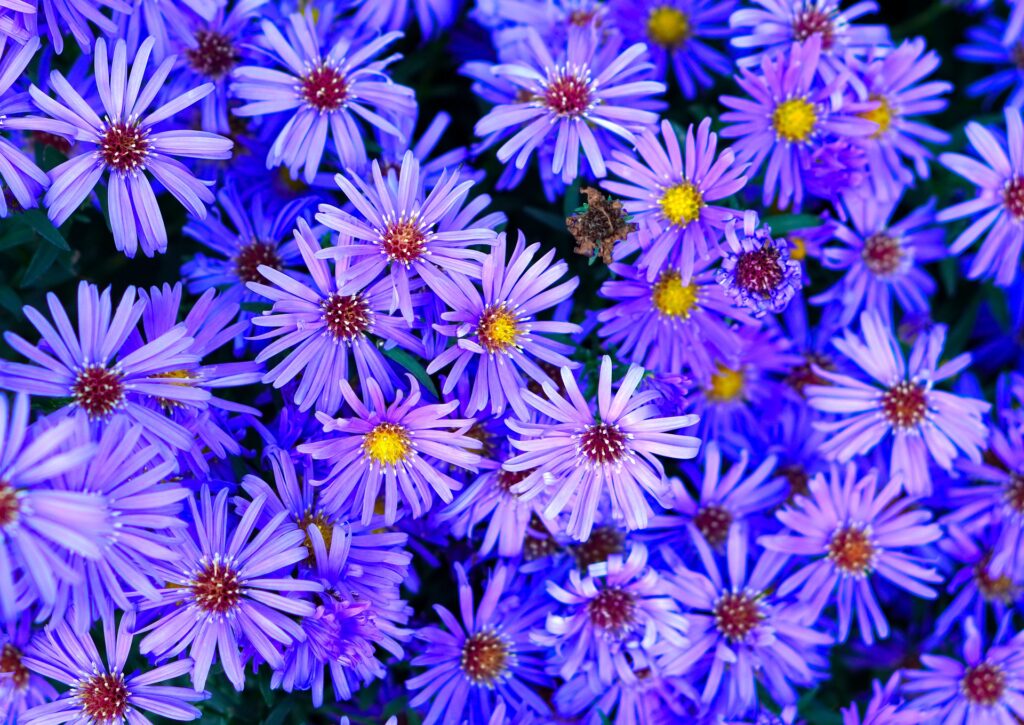
Asters are a critical addition for summertime flower gardens, blooming in late summer to fall. Their beautiful colors attract pollinators and provide necessary late-season nectar.
Temperature Tolerance: Asters are relatively flexible with temperature, thriving as the summer heat begins to wane.
Planting Details: In mid-July, you can plant aster seeds directly in the ground or transplant young plants. Space them at least 18 inches apart for optimal airflow.
Phlox (Phlox paniculata)
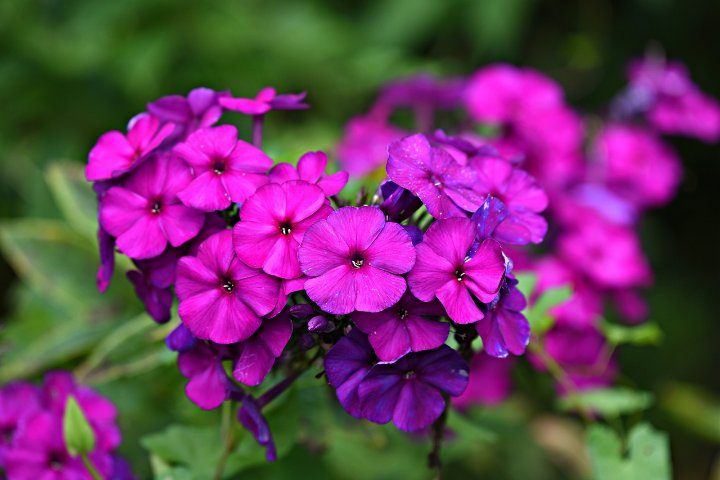
Phlox is a bold perennial known for its extensive color range and sweet fragrance. It’s an excellent choice for adding a splash of color to your summer garden.
Temperature Tolerance: Phlox prefers moderate temperatures, thriving in summer heat while requiring some moisture.
Planting Details: Transplant young Phlox seedlings in July, ensuring they have space to grow (roughly 12-18 inches apart) and are sufficiently watered to establish themselves.
Bee Balm (Monarda)
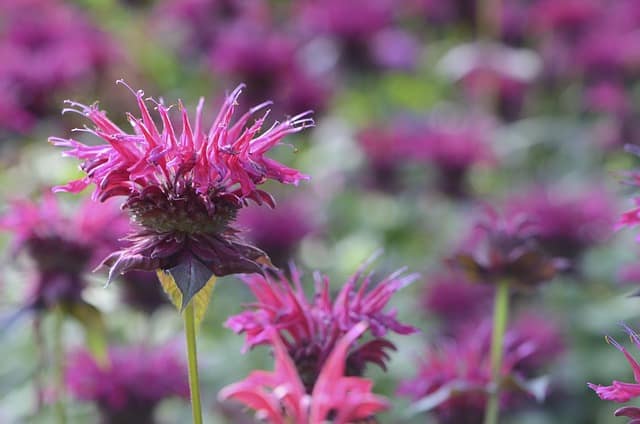
Bee balm is a wonderful addition to a garden, attracting bees and butterflies while offering unique tubular flowers in bright reds and purples.
Temperature Tolerance: Bee balm prefers warm areas and does well in the summer heat of Zone 8.
Planting Details: Plants can be set out or divided in July; they should be spaced about 12-18 inches apart to accommodate their late summer growth spurt.
Gaura (Gaura lindheimeri)
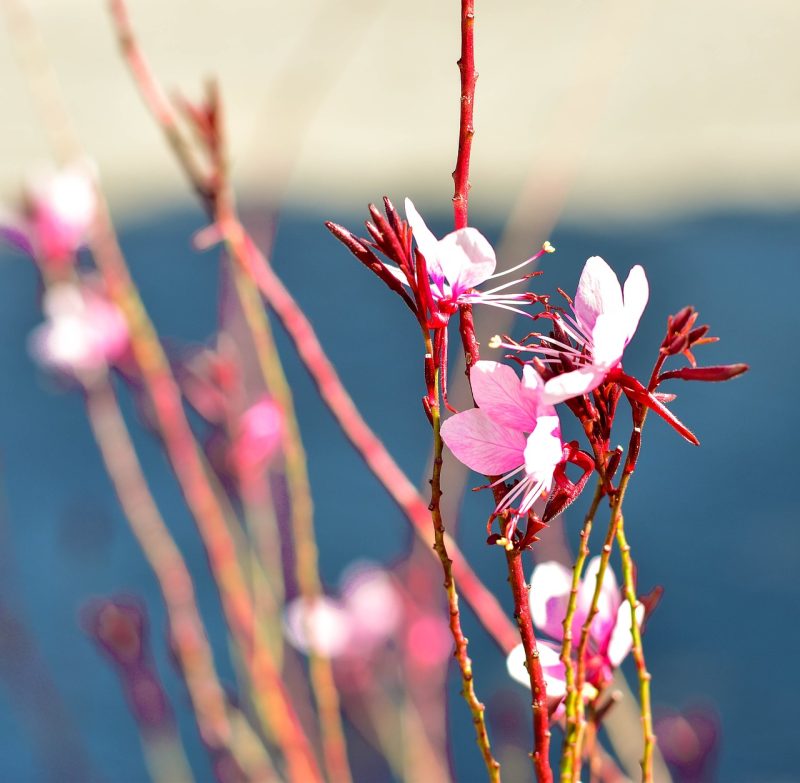
Gaura, or bee blooming, is celebrated for its airy blooms and long flowering period, making it a delightful perennial for summertime gardens.
Temperature Tolerance: This plant thrives in warm weather and is resistant to drought conditions.
Planting Details: In late July, plant gaura directly into the garden. A planting depth of around 2 inches is ideal, and they should be spaced 18 inches apart to allow for their natural growth patterns.



